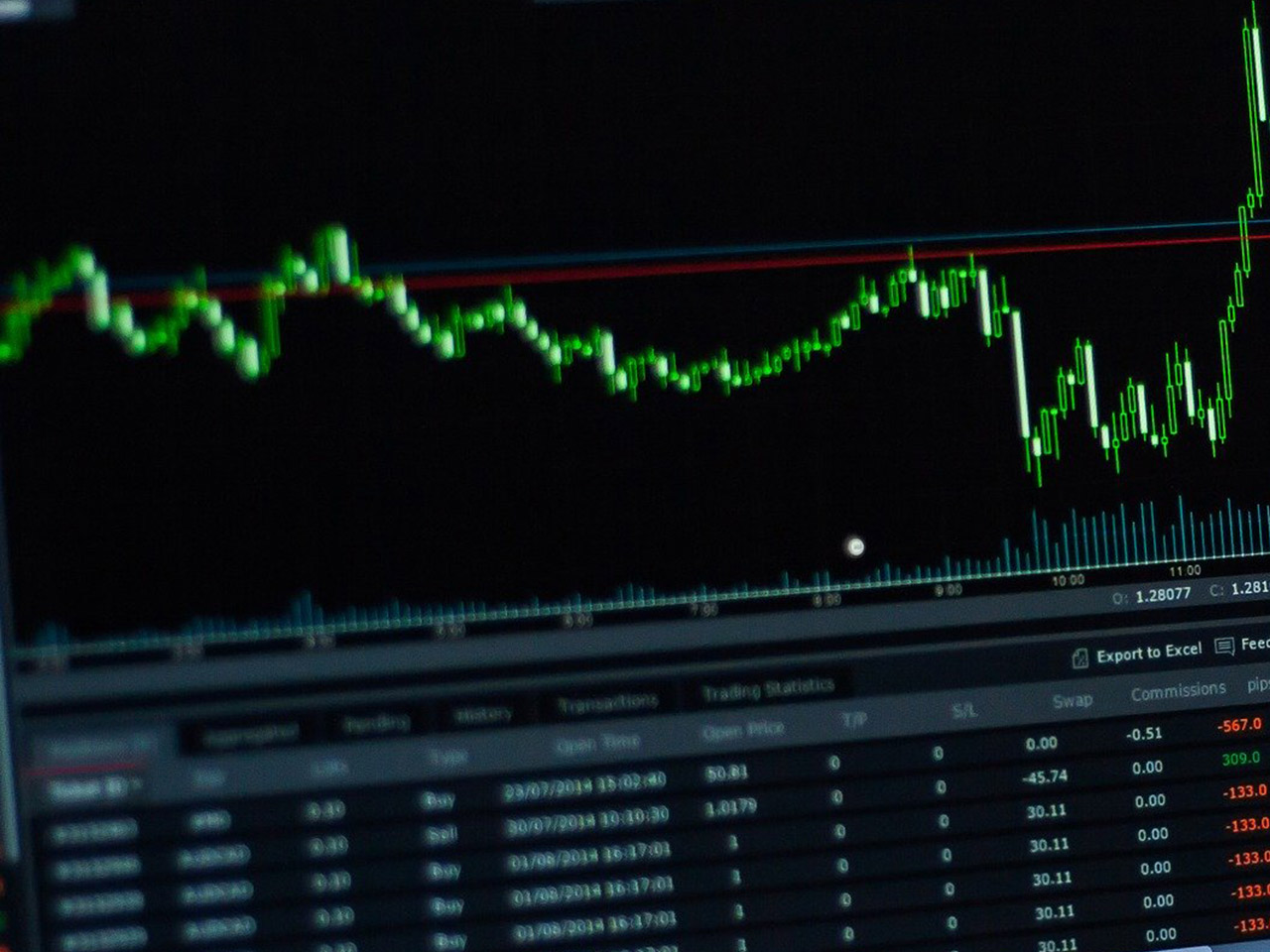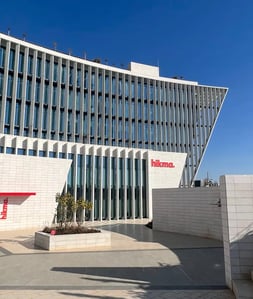As investors navigate the dynamic landscape of biotech stocks, Exelixis, Inc. (NASDAQ: EXEL) commands attention with its robust market cap of $11.44 billion and a promising potential upside of 5.86%. Founded in 1994 and headquartered in Alameda, California, Exelixis has carved out a significant niche in the oncology sector, focusing on the discovery and commercialization of treatments for hard-to-treat cancers.
The company’s flagship products, CABOMETYX and COMETRIQ, are well-regarded in the treatment of advanced renal cell carcinoma and metastatic medullary thyroid cancer, respectively. Both products leverage cabozantinib, a powerful inhibitor of multiple tyrosine kinases. This strategic focus aligns with Exelixis’s mission to address critical unmet needs in cancer therapy.
Currently trading at $42.51, Exelixis’s stock exhibits a moderate price change of 0.73 (0.02%), nestled comfortably within its 52-week range of $32.38 to $46.26. Despite a trailing P/E ratio that remains unavailable, the company’s forward P/E of 12.93 suggests a potential for growth that investors might find appealing. Moreover, the company’s impressive revenue growth of 10.80% and a return on equity (ROE) of 30.56% highlight its operational strength and efficiency in generating profits from shareholders’ equity.
From a technical perspective, Exelixis’s 50-day and 200-day moving averages stand at $39.86 and $39.42, respectively, indicating a stable upward trend. The RSI (14) of 47.26 suggests that the stock is neither overbought nor oversold, providing a balanced framework for potential investors. Additionally, the MACD at 0.92, slightly above its signal line of 0.81, could indicate a bullish signal in the near term.
Analyst sentiment around Exelixis is notably positive, with 11 buy ratings and zero sell ratings among the experts. The average target price sits at $45.00, providing insight into the stock’s potential appreciation. With a target price range of $30.00 to $60.00, there is a notable upside that investors could capitalize on, especially considering the healthcare sector’s ongoing demand for innovative cancer treatments.
Despite the absence of a dividend yield, which might deter income-focused investors, Exelixis’s strategy of reinvesting earnings into research and development could yield significant long-term capital gains. The company’s extensive portfolio of pipeline products, including zanzalintinib and XL309, promises to bolster its standing in the biotechnology field and potentially enhance its revenue streams.
Exelixis’s collaborative efforts with pharmaceutical giants like Ipsen Pharma SAS, F. Hoffmann-La Roche Ltd., and Merck & Co., Inc., underscore its commitment to advancing cancer treatment solutions. These partnerships not only expand Exelixis’s reach but also fortify its position as a leader in oncology innovation.
For investors seeking exposure to the growth potential inherent in biotechnology, Exelixis presents a compelling opportunity. While the absence of some traditional valuation metrics such as the PEG ratio or price/book ratio may require a more nuanced analysis, the company’s strong revenue growth, strategic partnerships, and innovative pipeline position it as a noteworthy contender in the healthcare sector. As always, potential investors should consider their risk tolerance and conduct thorough due diligence before making investment decisions.





































